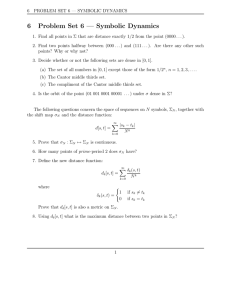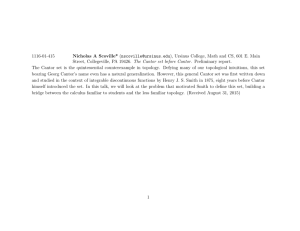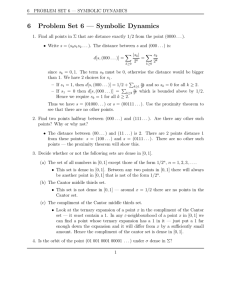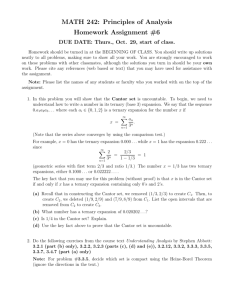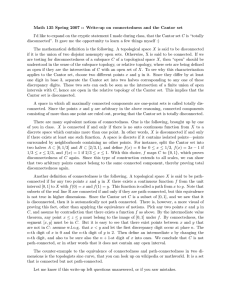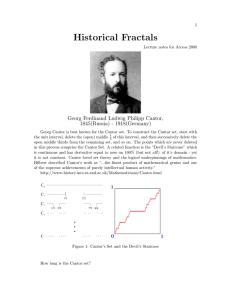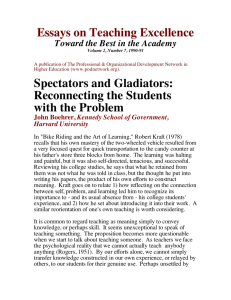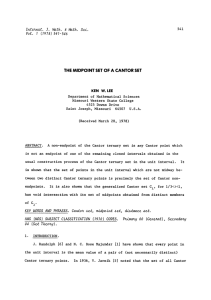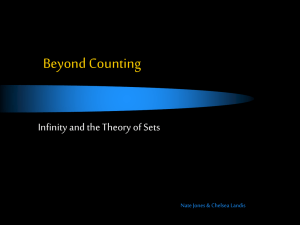Hall_SBS402_Tuchman
advertisement
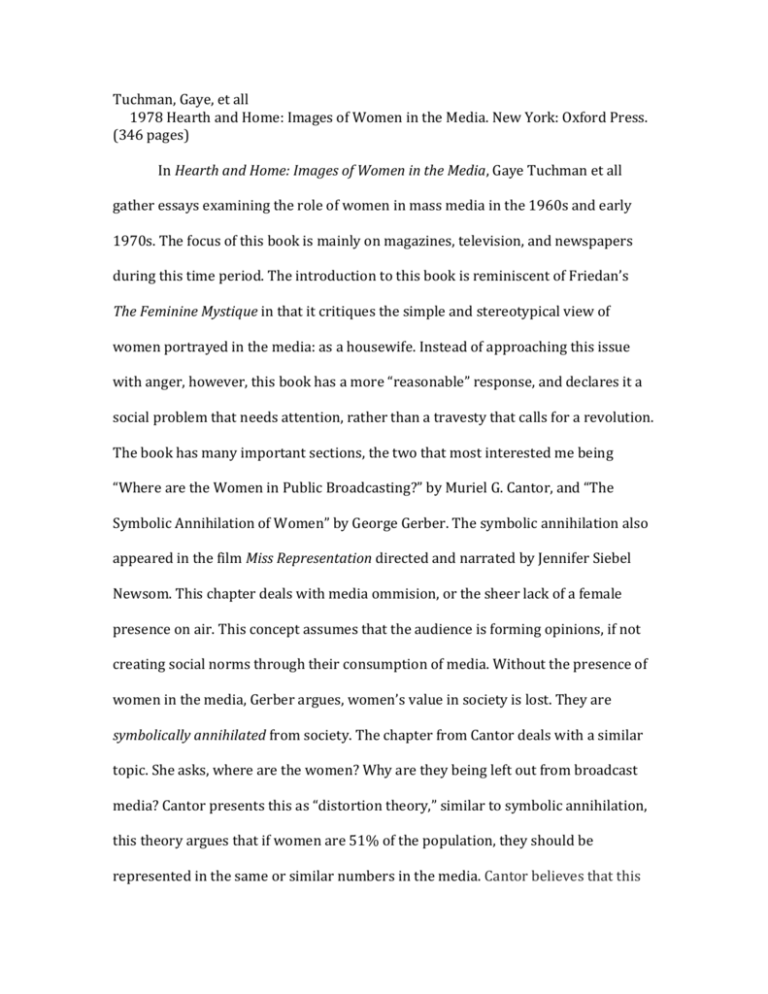
Tuchman, Gaye, et all 1978 Hearth and Home: Images of Women in the Media. New York: Oxford Press. (346 pages) In Hearth and Home: Images of Women in the Media, Gaye Tuchman et all gather essays examining the role of women in mass media in the 1960s and early 1970s. The focus of this book is mainly on magazines, television, and newspapers during this time period. The introduction to this book is reminiscent of Friedan’s The Feminine Mystique in that it critiques the simple and stereotypical view of women portrayed in the media: as a housewife. Instead of approaching this issue with anger, however, this book has a more “reasonable” response, and declares it a social problem that needs attention, rather than a travesty that calls for a revolution. The book has many important sections, the two that most interested me being “Where are the Women in Public Broadcasting?” by Muriel G. Cantor, and “The Symbolic Annihilation of Women” by George Gerber. The symbolic annihilation also appeared in the film Miss Representation directed and narrated by Jennifer Siebel Newsom. This chapter deals with media ommision, or the sheer lack of a female presence on air. This concept assumes that the audience is forming opinions, if not creating social norms through their consumption of media. Without the presence of women in the media, Gerber argues, women’s value in society is lost. They are symbolically annihilated from society. The chapter from Cantor deals with a similar topic. She asks, where are the women? Why are they being left out from broadcast media? Cantor presents this as “distortion theory,” similar to symbolic annihilation, this theory argues that if women are 51% of the population, they should be represented in the same or similar numbers in the media. Cantor believes that this distortion gives the public a view of women that is untrue to the reality of the positions women hold in other facets of society. This book was very dated and hard to find! The concepts found in this book were echoed in other sources that I had found as well, such as Liesbet Van Zoonen’s Feminist Media studies and Miss Representation. The theories developed here, in the late 1970s are still true to today’s media. Women have little or no voice, and male producers and managers control the voice that they do have. These theories are right inline with my capstone, and will help me to develop why and how we can understand the gender discrepancy in Monterey County media, and radio specifically.
